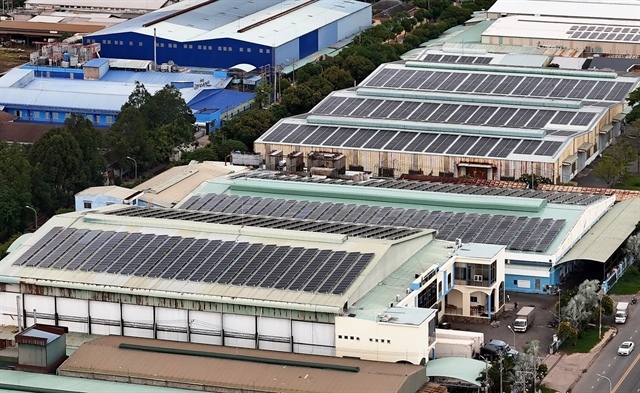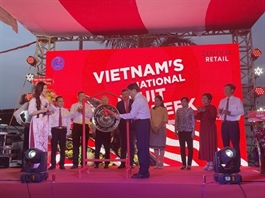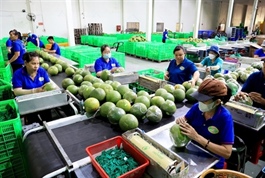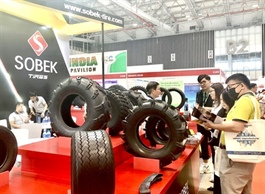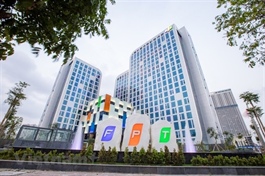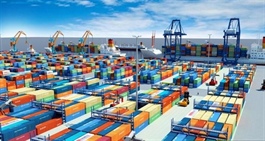Hanoi among top cities for high-tech agriculture adoption
Hanoi among top cities for high-tech agriculture adoption
Hanoi is expected to soon establish a high-tech agricultural center that will incorporate domestic and international technological advances and new techniques.
Hanoi continues to lead Vietnam in the adoption of hi-tech farming practices, which are seen as a sustainable approach to long-term agricultural development.
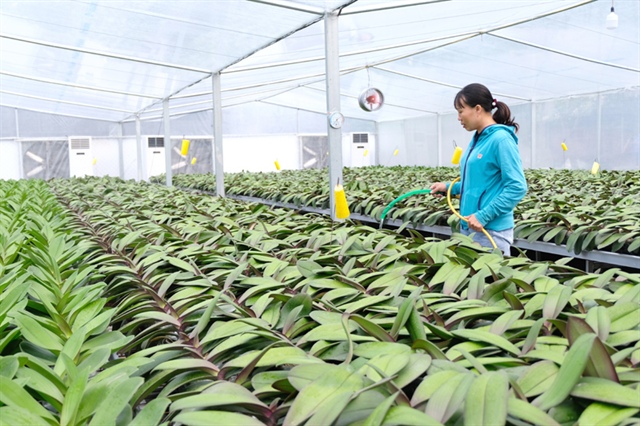
High-tech model for growing Phalaenopsis orchids in My Hung Commune, Thanh Oai District, Hanoi. Photo: Trong Tung/The Hanoi Times |
In recent years, Hanoi has actively applied advanced technology in various sectors of agriculture, including cultivation, breeding, processing and trading of agricultural products.
As a result, the city now boasts 160 high-tech farming models. Of these models, 105 focus on crop production, 39 on animal husbandry, 15 on fishery, and 1 combines both crop and animal husbandry.
The adoption of high-tech agricultural models is particularly concentrated in districts such as Me Linh, Gia Lam, Thuong Tin, Dong Anh, Thanh Oai, and Dan Phuong.
Nguyen Xuan Dai, director of the Hanoi Department of Agriculture and Rural Development, said the city plans to further promote research, transfer and application of science and technology in agricultural production, processing and business.
He expects Hanoi to soon establish a high-tech agricultural center that will incorporate domestic and international technological advances and new techniques.
Hanoi is also actively working to improve the business environment to attract large enterprises to engage in the agricultural sector and make a significant breakthrough, Dai said.
"The city is focusing on strengthening preferential policies for businesses, such as offering credit support, providing suitable premises, and enhancing trade promotion. The ultimate goal is to develop agriculture in a modern and sustainable way," Dai added.
Lam Dong Province, known for its favorable conditions and potential for agricultural development, has made remarkable progress. Currently, the province has about 62,000 hectares of high-tech agricultural land with an average production value of VND180 million (US$7,646) per hectare per year. Particularly, the application of high technologies in vegetable production yields an average of VND400-500 million ($17,000-21,000) per hectare per year, while flower production reaches VND800 million-1.2 billion ($34,000-51,000) per hectare per year.
Nguyen Van Chau, Deputy Director of the Lam Dong Department of Agriculture and Rural Development, said that through joint efforts, many investors from different provinces have come to Lam Dong to learn and implement high-tech agricultural projects.
Many local businesses have established links with chain stores in other provinces, large supermarkets and wholesale markets for the distribution of agricultural products. This has led to the formation of safe and traceable agricultural product chains, promoting stable and sustainable development for businesses and farmers in the region, Chau said.
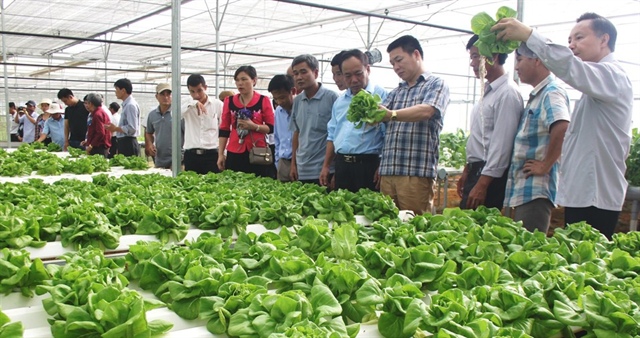
Modern vegetable production model in Lam Dong Province. Photo: Minh Hau/The Hanoi Times |
Finalizing legal framework for hi-tech farming
However, the implementation of high-tech agricultural practices has posed certain challenges. Nguyen Manh Quyen, Vice Chairman of the Hanoi People's Committee, noted that applying high technology to agricultural production requires significant investment in infrastructure, production facilities, and human resource training.
Unfortunately, access to capital for these ventures is still difficult, said Quyen. In addition, the application of science and technology in concentrated production areas is hampered by small land holdings, not to mention the limited and unstable consumer market for high-tech agricultural products.
Chau, from the Lam Dong Department of Agriculture and Rural Development, pointed out that despite the many planned concentrated agricultural production zones in the province, current land use mechanisms require businesses to negotiate compensation with landowners.
However, farmland prices in these areas are much higher than the national average. The high costs associated with compensation and land clearing for project implementation have contributed to the slowness in attracting investment in agriculture, he said.
Experts urged relevant ministries and departments to further refine specific mechanisms and policies to attract investment in high-tech agricultural production.
It is crucial for administrative agencies to focus on supporting enterprises and households engaged in high-tech agricultural production through measures such as supporting access to credit, land consolidation based on market principles, and facilitating administrative procedures.
In addition, resources should be devoted to research and technology transfer to improve the productivity and quality of agricultural products and ensure that they meet market requirements.
Efforts should also focus on organizing and developing both domestic and international markets for agricultural products, with special emphasis on taking advantage of high-tech agricultural products to enhance Vietnam's reputation and brand in the market. This will create favorable conditions for exploring and expanding markets for Vietnamese agricultural products.
| “Promoting high technology in agricultural production is key to adding value to agricultural products, ensuring sustainable livelihoods and increasing farmers' incomes. This endeavor plays a vital role in driving overall economic growth. At present, the main focus is to address bottlenecks and barriers in mechanisms and policies to strengthen the confidence of various stakeholders, including enterprises, cooperatives and farmers," said Le Minh Hoan, Minister of Agriculture and Rural Development". |






